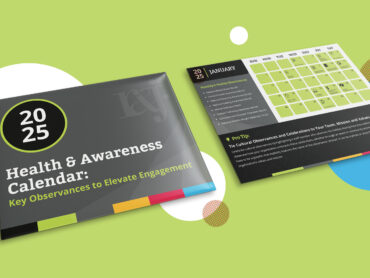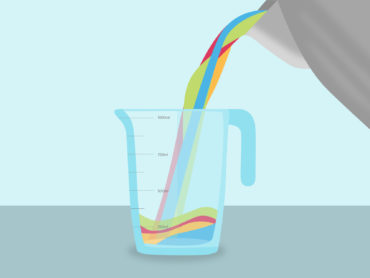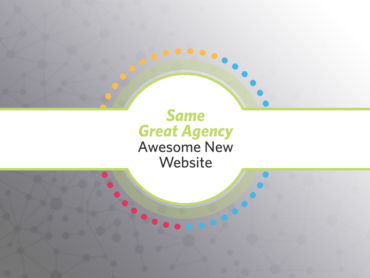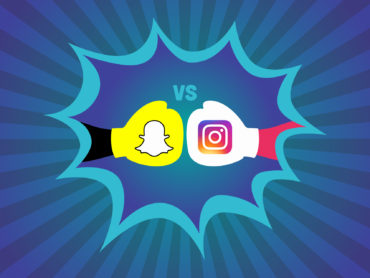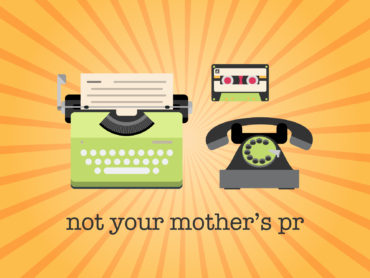Going Negative – It Works for Politicians but Could Kill Your Brand
The 2019 “off year” elections are around the corner, and the 2020 Presidential election is just 14 months away. But already we are beginning to see a barrage of negative ads, informing us what a horrible individual “Candidate A” is, and that if we vote for him or her, we are sure to experience levels of misery unheard of in the annals of modern times.
Face it: candidates run these negative ads because they work. Look at some of the most famous political ads of all time – The “Willie Horton/Revolving Door” ads run by George H.W. Bush in 1988. The infamous “Swift Boat” ad that vilified John Kerry in 2004. Barack Obama’s “47 Percent” ad in which Mitt Romney was secretly videotaped telling a roomful of wealthy donors that 47 percent of the country were nothing but victims looking for handouts. And even going back to Lyndon Johnson’s outrageous “Daisy” ad which implied that a vote for his opponent would result in a nuclear war. Memorable all, and all ultimately successful for the candidate that chose that path.
So, if negative ads work, why don’t well-known brands use them to promote their products? The answer: Because in the long run, negative ads prove counter-productive and almost always ultimately end up damaging the brand that chooses to run them.
In a political campaign, the “product” is the candidate. Your choices are usually limited to two – forcing a binary choice. And you, the voter, are only asked to “buy” that product once. Once the election is over, that candidate has years before he or she once again ask for your vote – long enough for the stench of negativity to wear off.
But let’s look at a typical household product, in this case, let’s use laundry detergent. Your product (we’ll call it “Suds-O”) has to fight for space on a crowded grocery store shelf. There are a LOT of choices. But let’s say that Suds-O is the #2 consumer brand, with aspirations to become #1. Going negative against the leader will no doubt bring down the competitor’s market share. But what will it do for your brand, Suds-O? Chances are that consumers will form a very unfavorable view of your brand, and with their buying dollars, declare, as Shakespeare would say, “A pox on both of your houses!”
Who wins in that situation? The #3, #4 and #5 brands. You see, buying laundry detergent isn’t a binary choice – there are many other options. Do you really think that telling consumers that they’ve been making a lousy choice all these years is going to endear you to them? And remember also, you need your consumers to buy Suds-O over and over and over again; it isn’t a one-time purchase. You want – no, you NEED – your consumers to have a positive feeling about your brand in order to build long-term success and consumer preference. Do this by showing them that your brand offers value that they can only get by purchasing your product.
Negative marketing, done without a heavy hand can be effective, if the proper balance is struck. Marketing that “tweaks” a competitor for a perceived deficiency can be successful if it is immediately followed by a positive, aspirational or affirmative statement about your brand.
And finally, don’t confuse brand rivalry with negative advertising. Done well, brand rivalries can be both fun for consumers and effective marketing. Think Coke and Pepsi. Apple and Microsoft. And for my fellow old-timers, Hertz and Avis. These iconic brands and campaigns were able to effectively walk the line between negativity and poking fun at a competitor, which is much easier to do if you have THAT kind of money to spend on marketing. Chances are you don’t.
When all is said and done, you want your customers to feel good about their choice of your brand. Stay positive and give them good reasons to.




